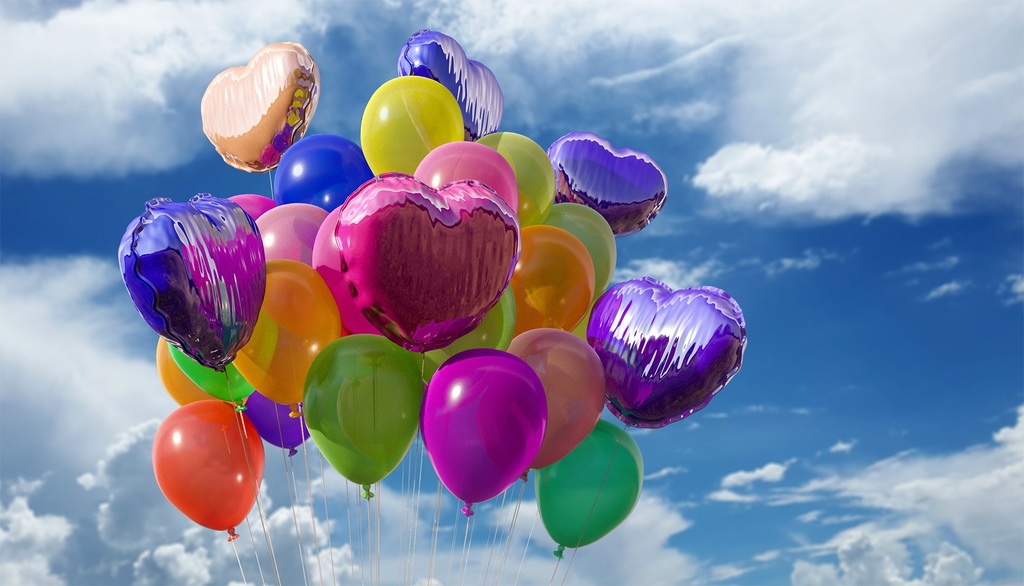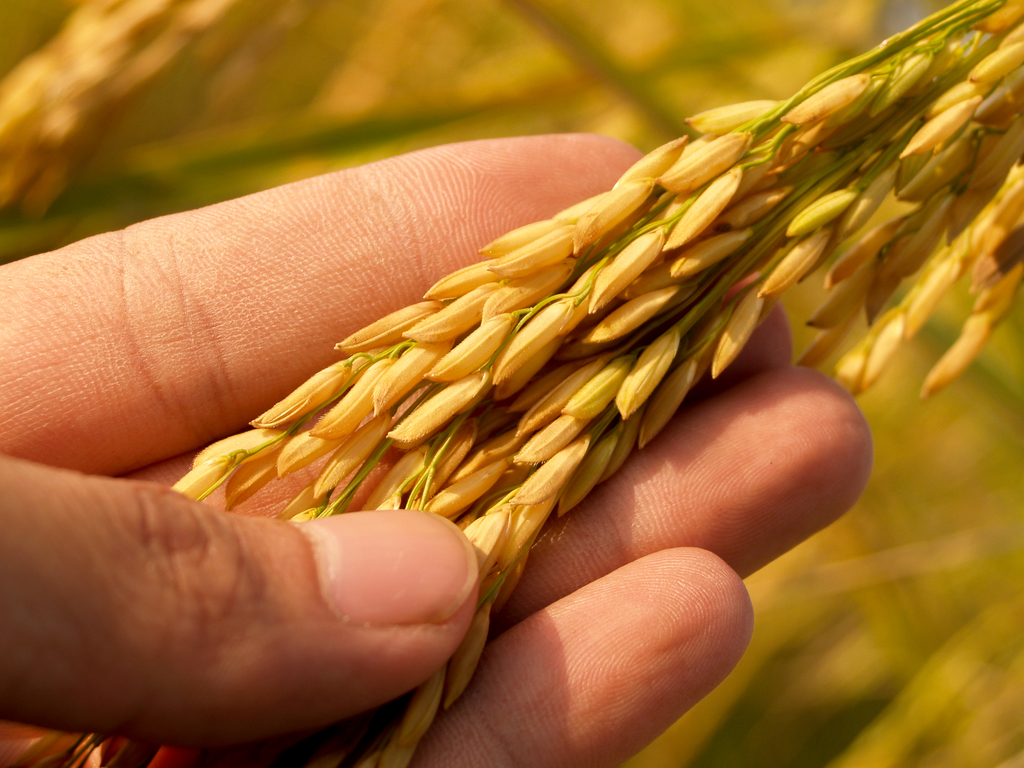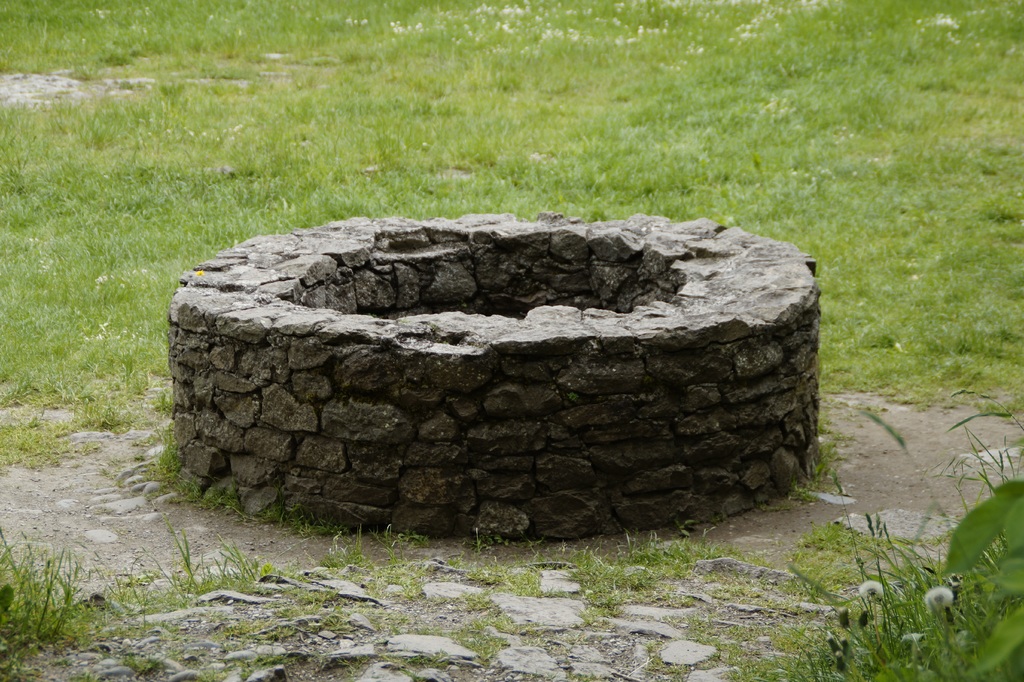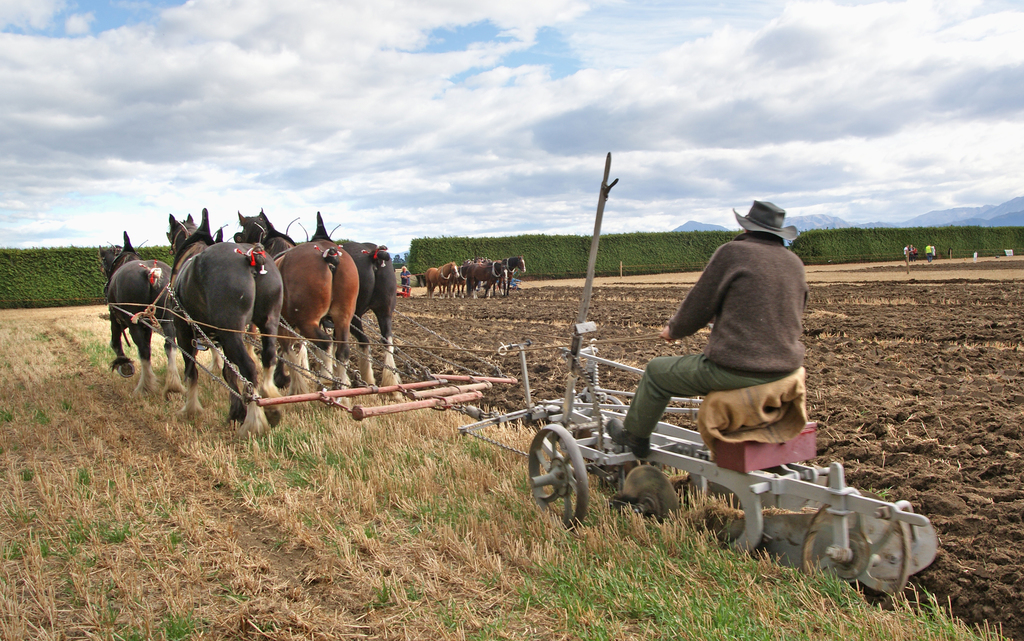This article is the text of a sermon presented at the Vineyard Church Peoria on December 20th, 2020. The video of the sermon is on their Facebook page – https://www.facebook.com/TheVineyardChurchPeoria. If you do watch the video would you please say hello in the comments.
For this Advent season, we’ve been exploring the book of Ruth. Over that time, we encountered Naomi’s struggle and lamentation, the power of kindness, and the presence of God’s provision. Today we’re going to discover Naomi’s joy and how we can find joy ourselves. Joy has been linked with Christmas since that dark night in the Bethlehem hill country when Angels proclaimed to the shepherds, “Don’t be afraid!” he said. “I bring you good news that will bring great joy to all people.” (Luke 2:9–10, NLT) Let’s read the text from the fourth and final chapter of Ruth.
“Boaz went to the town gate and took a seat there. Just then the family redeemer he had mentioned came by, so Boaz called out to him, “Come over here and sit down, friend. I want to talk to you.” So they sat down together. Then Boaz called ten leaders from the town and asked them to sit as witnesses. And Boaz said to the family redeemer, “You know Naomi, who came back from Moab. She is selling the land that belonged to our relative Elimelech. I thought I should speak to you about it so that you can redeem it if you wish. If you want the land, then buy it here in the presence of these witnesses. But if you don’t want it, let me know right away, because I am next in line to redeem it after you.” The man replied, “All right, I’ll redeem it.” Then Boaz told him, “Of course, your purchase of the land from Naomi also requires that you marry Ruth, the Moabite widow. That way she can have children who will carry on her husband’s name and keep the land in the family.” “Then I can’t redeem it,” the family redeemer replied, “because this might endanger my own estate. You redeem the land; I cannot do it.” Now in those days it was the custom in Israel for anyone transferring a right of purchase to remove his sandal and hand it to the other party. This publicly validated the transaction. So the other family redeemer drew off his sandal as he said to Boaz, “You buy the land.” Then Boaz said to the elders and to the crowd standing around, “You are witnesses that today I have bought from Naomi all the property of Elimelech, Kilion, and Mahlon. And with the land I have acquired Ruth, the Moabite widow of Mahlon, to be my wife. This way she can have a son to carry on the family name of her dead husband and to inherit the family property here in his hometown. You are all witnesses today.” Then the elders and all the people standing in the gate replied, “We are witnesses! May the Lord make this woman who is coming into your home like Rachel and Leah, from whom all the nation of Israel descended! May you prosper in Ephrathah and be famous in Bethlehem. And may the Lord give you descendants by this young woman who will be like those of our ancestor Perez, the son of Tamar and Judah.” So Boaz took Ruth into his home, and she became his wife. When he slept with her, the Lord enabled her to become pregnant, and she gave birth to a son. Then the women of the town said to Naomi, “Praise the Lord, who has now provided a redeemer for your family! May this child be famous in Israel. May he restore your youth and care for you in your old age. For he is the son of your daughter-in-law who loves you and has been better to you than seven sons!” Naomi took the baby and cuddled him to her breast. And she cared for him as if he were her own. The neighbor women said, “Now at last Naomi has a son again!” And they named him Obed. He became the father of Jesse and the grandfather of David. This is the genealogical record of their ancestor Perez: Perez was the father of Hezron. Hezron was the father of Ram. Ram was the father of Amminadab. Amminadab was the father of Nahshon. Nahshon was the father of Salmon. Salmon was the father of Boaz. Boaz was the father of Obed. Obed was the father of Jesse. Jesse was the father of David.” (Ruth 4, NLT)
One of the things that are changing in this digital age is photo albums. There’s a closet in our home with about 20 of them. Each picture in their pages is a slice of time that tells a story or relays a truth.
The book of Ruth is like a photo album. Instead of telling us about God’s word, Ruth shows us God’s word in action. For instance, one photo from this week’s text is that of community acceptance and blessing of the marriage of Boaz and Ruth. This photo foreshadows with a prophetic edge the later acceptance of non-Jewish outsiders into God’s Kingdom. The fulfillment of which we see in Acts and the ministry of Paul.
Another photo in Ruth’s scrapbook shows us joy. Now, if you were listening for the words joy or rejoice to leap out but didn’t hear them, you’re not mistaken. They simply aren’t there. That doesn’t mean, however, that joy isn’t magnificently present. The photograph of Joy is in verse 16. “Naomi took the baby and cuddled him to her breast. And she cared for him as if he were her own.”
If we were to do some “man on the street” interviews and ask folks to provide a picture of joy, it is my contention that many would say something about babies. That picture of Naomi cuddling baby Obed screams joy at us. The hopelessness of the beginning of Naomi’s journey is gone. But how did she find this Joy? Does this mean that only mothers and grandmothers experience this joy? What exactly is joy?
Joy is… open like a heart that is dancing. Unflappable, like a helium balloon tugging at the string to go higher still. And in the face of adversity, joy is like trying to hold an inflated beach-ball underwater – it just keeps wanting to rise above the waves. Happiness is contained in Joy, but joy goes beyond. I think that time separates joy and happiness. Happiness is reliant on our present circumstance, on our now. Our circumstances often determine where we are at on the happiness scale at any given moment.
Joy also recognizes now, but it also looks forward. Or you could say it this way. Happiness looks inwardly at our now; joy looks outwardly with an eye to the present and an eye to the future. Perhaps that is why joy is often linked with the birth of babies – a baby’s life is bound up in future hopes. Jesus, in a word of comfort to His disciples, prepared them for His arrest and crucifixion – “I tell you the truth, you will weep and mourn over what is going to happen to me, but the world will rejoice. You will grieve, but your grief will suddenly turn to wonderful joy. It will be like a woman suffering the pains of labor. When her child is born, her anguish gives way to joy because she has brought a new baby into the world. So you have sorrow now, but I will see you again; then you will rejoice, and no one can rob you of that joy.” (John 16:20–22, NLT)
Returning to the photos in Ruth’s scrapbook, we see a picture containing a great truth. At the birth of Obed, the “women of the town” declared to Naomi, “Praise the Lord, who has now provided a redeemer for your family!” Naomi’s joy is more than a baby grandson but also the restoration of family, a restoration that required a redeemer. That photo takes us back to the city gate and the discussion between Boaz and the other kinsman-redeemer.
That whole transaction is strange to our modern ears. But I wonder if they wouldn’t find all our legalities concerning the buying and selling of land strange as well. All the paperwork and signatures and time and inspections and certifications that must be completed to buy a home or land are a bit mind-boggling. All of which is far more complicated than “do we agree?” “great, here hold my sandal.” And yet, this transaction is another photo from the scrapbook. Another “show” instead of “tell.”
Many Christmas stories revolve around this theme of family struggles and the restoration of relationships. The silent lament of the little girl in Miracle on 34th Street is for home and family. Charles Dicken’s A Christmas Carol provides a picture of redemption and restoration of family. In Home Alone, there are a couple of overlapping stories of family restoration. Even in Die Hard, which many argue is also a Christmas movie, the hero is fighting to save his family that is being held hostage.
Why do you think that theme is so common? Could it be that the story of Christmas itself is the restoration of family?
All good stories have a basic structure. There is an initial conflict. That conflict can take many forms, but it is something out of order and grating to the reader. The middle of a story is all about the journey towards the resolution of the conflict. The end of a story is the resolution (or in some instances the failure of resolution) of the initial conflict.
We see that narrative arc in Ruth. The story of Ruth began with the conflict of Naomi’s dire situation at the deaths of her husband and sons. Naomi and Ruth’s journey takes them from Moab to a field owned by a close relative of Naomi’s late husband. The story resolves with Boaz redeeming the land, marrying Ruth, and the birth of their son, which erases the conflict.
The Christmas story of Angels, shepherds, Magi, and a baby born in an animal barn is the story of the greatest restoration of family ever. But, thinking like a storyteller, the story of Christ’s birth in Bethlehem is the beginning of the end of a grand narrative that began in Genesis three with humanity’s separation from God through sin.
Jesus beautifully summarized the resolution to the conflict of the Grand Narrative, “For this is how God loved the world: He gave his one and only Son, so that everyone who believes in him will not perish but have eternal life. God sent his Son into the world not to judge the world, but to save the world through him.” (John 3:16–17, NLT) Jesus redeemed us through His death on the cross and invites every person to accept this gift of God’s love and grace. Our shame, guilt, and hopelessness are answered in Christ. Through our new life in Christ, we become part of a larger family. And through the growth of Christ in us, we discover again how to love, how to forgive, how to freely give of ourselves as Christ gave Himself for us. And that is an ever-flowing fountain of joy.
On the practical side of things. I can’t promise you today that accepting Christ’s invitation will magically change all your broken family relationships or change your hopeless situation. I can promise you joy. Joy in a restored and growing relationship with God. Joy in see His hand at work in your life and in the life of others. Joy in freedom from shame, guilt, and fear. Joy in discovery and connecting with a new family of spiritual brothers and sisters. Joy in freely giving of yourself to others.
Can we get gut-level honest for a moment? This year joy has been hard to find. We’ve all experienced loss and grief in so many ways as we trudged along through this pandemic. Those losses and the emotions that come with them are real. I’m not suggesting that to find joy, we must put on a happy face and pretend everything is hunky-dory. But I am encouraging a Christ-grounded perspective that rejoices in the little things even while the big things are in chaos. I am encouraging that we hold tightly to our joy in knowing Christ when everything else is in turmoil. And I am challenging all of us to daily share our joy with the grieving, the hopeless, the helpless, and the discouraged.
- Mark: An Insignificant Seed - June 4, 2025
- Mark – Listen Carefully - June 2, 2025
- Mark: Consider the Sower - May 28, 2025




